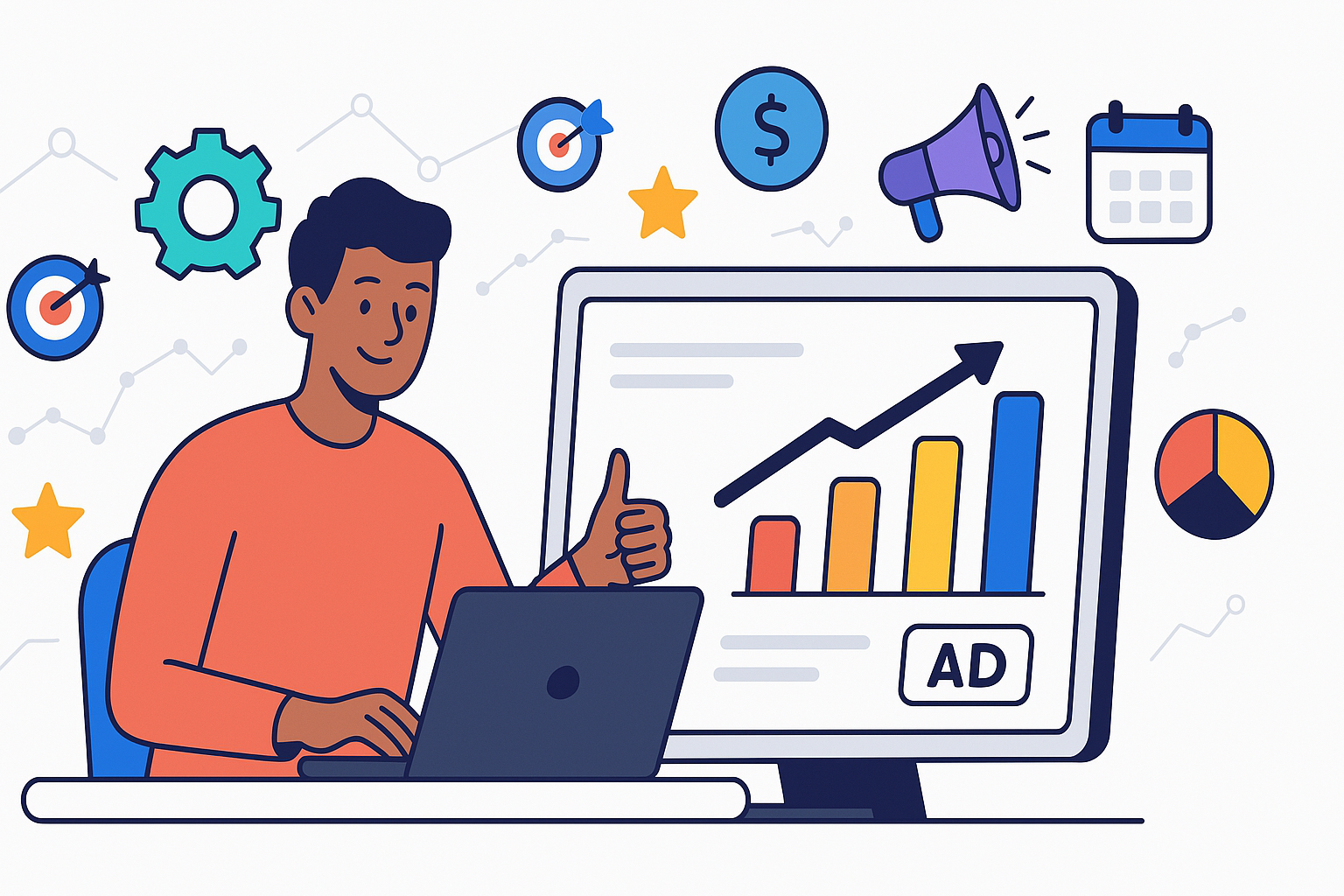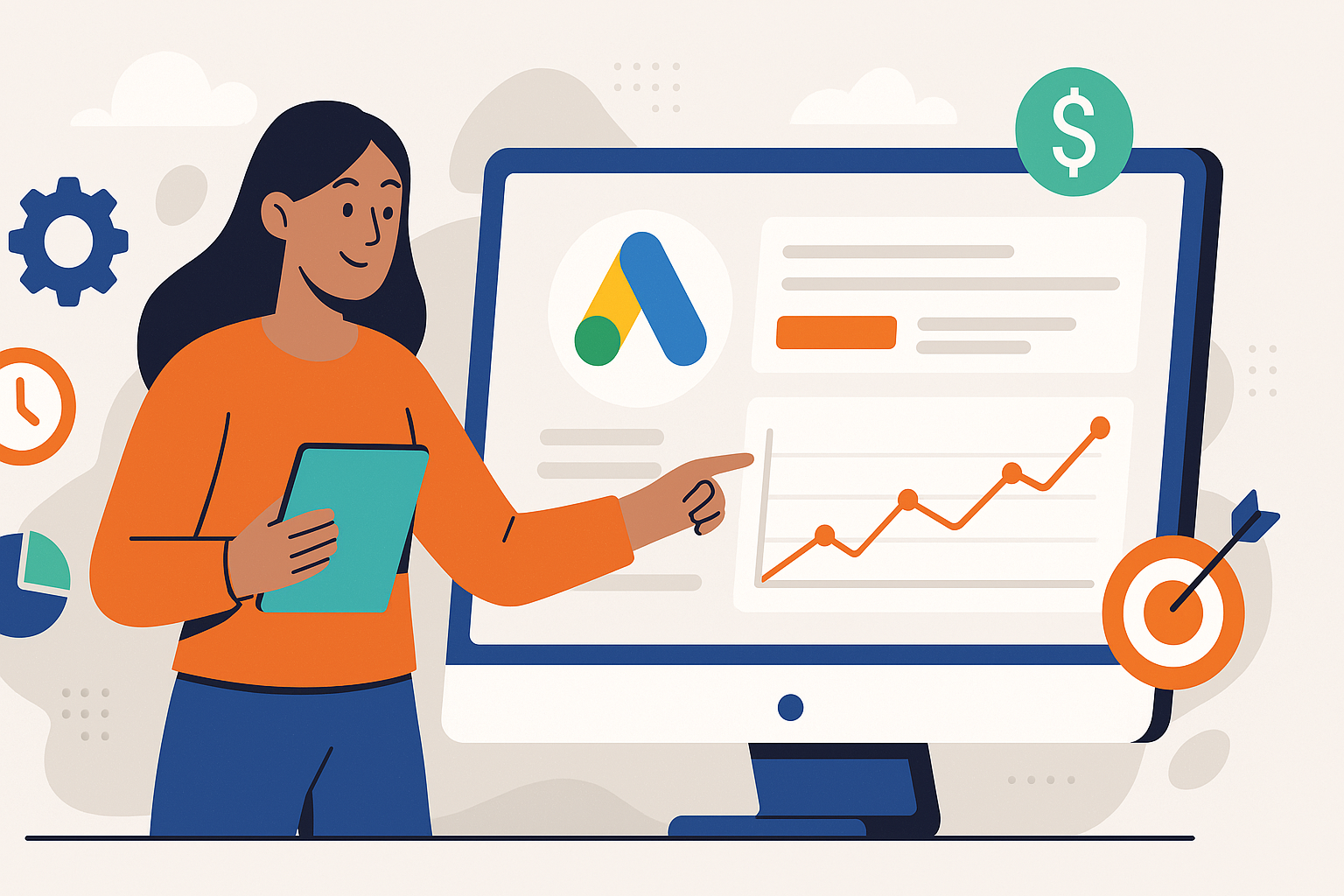What is Email Marketing and Why It's Still Your Most Powerful Tool
by Francisco Kraefft on 4 Mar, 2025
You've heard the term, perhaps seen it in action, but what is email marketing, really? It's far more than just hitting 'send' on a bulk message. Think of it as your direct line to customers and prospects – a powerful channel for building relationships, nurturing leads, promoting products or services, and ultimately driving measurable business growth. Unlike the rented space of social media, your email list is an asset you own. When executed correctly, leveraging data and strategy, email marketing delivers exceptional return on investment (ROI) and fosters lasting customer loyalty. It allows for deep personalization and targeted communication at scale, making it an indispensable tool in any modern digital marketing arsenal. Let's explore how you can harness its potential.
Decoding Email Marketing: Beyond the Inbox
At its core, email marketing is the strategic use of email to promote your business's products or services, while developing relationships with potential customers or clients. It’s a form of direct marketing, akin to mail, but significantly more efficient and measurable.
But let’s break that down further. It's not about spamming contacts with unsolicited offers. Effective email marketing involves:
- Building a Quality List: Gathering email addresses ethically from people genuinely interested in your brand (subscribers or customers). This is usually done through opt-in forms on your website, lead magnets, or at points of sale.
- Segmentation: Dividing your audience into smaller groups based on specific criteria (e.g., demographics, purchase history, engagement level). This allows for more relevant and personalized messaging, often aligning with stages in a marketing funnel.
- Personalization: Tailoring content to individual subscribers, using their name, referencing past interactions, or sending offers based on their preferences. This goes beyond just using
[First Name]. - Valuable Content: Providing content that your audience finds useful, informative, or entertaining. This builds trust and keeps them engaged, rather than just constantly selling.
- Strategic Sending: Planning when and how often to send emails, considering different types of campaigns (newsletters, promotions, automated sequences).
- Analysis and Optimization: Tracking key metrics (KPIs) to understand what works and continuously improving your strategy based on data.
Compared to other channels like social media, where algorithms dictate reach, email offers a direct, uninterrupted connection. You control the message and the delivery (provided you maintain good sending practices). It's a permission-based dialogue, making it inherently more receptive if you respect that permission.
The Unrivaled ROI: Why Email Marketing Reigns Supreme
In a digital landscape brimming with new platforms and trends, why does email marketing consistently deliver outstanding results? The answer lies in its unique advantages:
- Exceptional Return on Investment (ROI): Study after study confirms that email marketing offers one of the highest ROIs among all digital marketing channels. While figures vary, returns of $36-$42 for every $1 spent are commonly cited. This cost-effectiveness makes it accessible for businesses of all sizes. Understanding how to calculate ROI is key to appreciating this power.
- Direct Audience Ownership: Unlike social media followers, your email list is an asset you own. You aren't subject to the whims of algorithm changes or platform policies that can drastically reduce your reach overnight. This direct line ensures your message can reach your audience reliably.
- Unmatched Personalization & Segmentation: Email allows for granular segmentation and deep personalization far beyond most other channels. You can tailor messages based on purchase history, website behavior, demographics, preferences, and engagement levels. This relevance significantly boosts engagement and conversion rates.
- Nurturing Leads Effectively: Not everyone is ready to buy immediately. Email marketing excels at nurturing leads through automated sequences, providing value over time, building trust, and keeping your brand top-of-mind until they are ready to convert.
- Driving Customer Retention: Email isn't just for acquisition; it's incredibly powerful for retaining existing customers. You can use it for exclusive offers, loyalty programs, feedback requests, and personalized recommendations, fostering loyalty and encouraging repeat business, ultimately improving customer lifetime value.
- Measurability and Data Insights: Every aspect of an email campaign can be tracked – opens, clicks, conversions, bounces, etc. This wealth of data, which we at iVirtual thrive on, provides invaluable insights into audience behavior and campaign effectiveness, allowing for continuous, data-driven optimization.
Ignoring email marketing means leaving significant revenue and relationship-building opportunities on the table. It’s the reliable workhorse that consistently pulls its weight.
Building Your Email Engine: Key Strategy Components
A successful email marketing program isn't accidental; it's built on a foundation of strategic components working together. Let's outline the essentials:
- A High-Quality Email List: This is paramount. Focus on quality over quantity.
- Opt-In Methods: Use clear calls-to-action (CTAs) and forms on your website, blog, and social media. Offer valuable incentives (lead magnets) like ebooks, checklists, or discounts in exchange for sign-ups.
- List Hygiene: Regularly clean your list by removing inactive subscribers and invalid addresses. This improves deliverability and engagement rates.
- Never Buy Lists: Purchased lists are ineffective, damage your sender reputation, and violate anti-spam laws.
- The Right Email Service Provider (ESP): An ESP is software that helps you manage your list, create campaigns, automate emails, and track results. Popular options include Mailchimp, Constant Contact, Klaviyo, ActiveCampaign, and HubSpot. Choose one based on your budget, list size, required features (automation, segmentation complexity), and integration needs.
- Compelling Content and Design: Your emails need to capture attention and drive action.
- Subject Lines: Must be concise, intriguing, and clearly indicate the email's value. A/B testing is crucial here.
- Body Copy: Keep it focused, easy to scan (use short paragraphs, bullet points), and aligned with your brand voice. Provide genuine value.
- Visuals: Use relevant, high-quality images or GIFs sparingly to enhance the message, not distract. Ensure they are optimized for fast loading.
- Clear Call-to-Action (CTA): Tell subscribers exactly what you want them to do (e.g., "Shop Now," "Learn More," "Download Guide"). Make CTA buttons prominent.
- Responsive Design: Emails must look good and function perfectly on all devices, especially mobile, where most emails are opened.
- Strategic Automation: Save time and deliver timely, relevant messages.
- Welcome Series: Introduce new subscribers to your brand and nurture them.
- Abandoned Cart Emails: Recover potentially lost sales.
- Birthday/Anniversary Emails: Build rapport with personalized greetings.
- Re-engagement Campaigns: Win back inactive subscribers.
Integrating these components thoughtfully creates a powerful system for engagement and conversion.
Measure What Matters: Tracking Your Email Marketing Success
You can't improve what you don't measure. Data is the lifeblood of effective email marketing, allowing you to understand performance, identify opportunities, and justify your efforts. At iVirtual, data analysis is central to everything we do, utilizing tools like Google Analytics and visualizing results with platforms such as Looker Studio. Here are the essential metrics you need to track:
- Open Rate: The percentage of recipients who opened your email. While impacted by factors like iOS privacy changes, it still indicates subject line effectiveness and brand recognition.
- Formula:
(Emails Opened / Emails Delivered) * 100
- Formula:
- Click-Through Rate (CTR): The percentage of recipients who clicked on one or more links in your email. This is a crucial indicator of content engagement and relevance. Learn more about what CTR is and why it's important.
- Formula:
(Total Clicks OR Unique Clicks / Emails Delivered) * 100
- Formula:
- Conversion Rate: The percentage of recipients who clicked on a link and completed a desired action (e.g., made a purchase, filled out a form). This directly measures the email's effectiveness in achieving its goal. Understanding conversions and conversion rates is vital.
- Formula:
(Number of Conversions / Emails Delivered) * 100
- Formula:
- Bounce Rate: The percentage of emails that couldn't be delivered.
- Hard Bounces: Permanent delivery failures (invalid address). Remove these immediately.
- Soft Bounces: Temporary issues (full inbox, server down). Monitor these.
- Formula:
(Bounced Emails / Emails Sent) * 100
- Unsubscribe Rate: The percentage of recipients who opted out of your list after receiving an email. A high rate might indicate issues with frequency, relevance, or list acquisition methods.
- Formula:
(Number of Unsubscribes / Emails Delivered) * 100
- Formula:
- List Growth Rate: How quickly your email list is expanding. Essential for long-term channel health.
- Formula:
([(New Subscribers - Unsubscribes) / Total List Size] * 100)over a specific period.
- Formula:
- Email Marketing ROI: The ultimate measure of profitability. Calculate the total revenue generated from email campaigns versus the cost of your ESP, resources, and time. Master how to calculate ROI for your campaigns.
- Formula:
[(Revenue Attributed to Email - Email Marketing Costs) / Email Marketing Costs] * 100
- Formula:
Regularly analyzing these metrics within your ESP's dashboard allows you to understand why campaigns succeed or fail. Are open rates low? Test subject lines. Is CTR poor? Improve your CTA or content relevance. High bounce rate? Clean your list. This data-driven approach turns email marketing from guesswork into a predictable growth engine.
Getting Started and Leveling Up Your Email Game
Ready to put email marketing into action or enhance your current efforts? Here’s how to begin and where you can go next:
Starting Your Email Marketing Journey:
- Define Clear Goals: What do you want to achieve? (e.g., Increase sales by 10%, generate 50 leads per month, boost website traffic). Specific goals, often framed as KPIs, guide your strategy.
- Choose Your Email Service Provider (ESP): Select a platform that fits your budget and initial needs. Many offer free plans to get started.
- Build Your Initial List (Ethically!): Add simple sign-up forms to your website's homepage, footer, and blog. Consider a basic lead magnet like a checklist or small discount.
- Plan Your First Campaign: Start simple. A welcome email for new subscribers or a monthly newsletter sharing valuable content are great starting points.
- Create Your Email: Focus on clear copy, a clean design, and a single, obvious call-to-action (CTA).
- Send and Analyze: Don't be afraid to hit send! Monitor your key metrics (opens, clicks) afterwards to see what resonated.
Leveling Up with Advanced Tactics:
Once you've mastered the basics, explore more sophisticated techniques:
- A/B Testing: Systematically test different elements (subject lines, CTAs, send times, content formats) to optimize performance based on data.
- Advanced Segmentation: Go beyond basic demographics. Segment based on website behavior (pages visited, content downloaded), purchase history (frequency, value), engagement level (active, inactive), and psychographics. This often involves understanding your marketing funnel more deeply.
- Dynamic Content: Show different content blocks within the same email to different segments, creating highly personalized experiences at scale.
- Marketing Automation Workflows: Develop multi-step automated journeys triggered by specific user actions (e.g., complex onboarding sequences, lead scoring follow-ups, post-purchase series).
- Predictive Analytics: Leverage data (and potentially AI tools) to predict future customer behavior, anticipate churn, or recommend products more effectively. This is where expert analysis, like the kind we provide at iVirtual, can unlock significant potential.
Important Considerations:
- Legal Compliance: Always adhere to anti-spam laws like GDPR (for EU residents) and CAN-SPAM (for the US). Key requirements include obtaining explicit consent, providing a clear unsubscribe link, and identifying yourself accurately.
Email marketing offers a path for continuous improvement and growing sophistication. Start simple, learn from your data, and gradually implement more advanced strategies to maximize your results.
Conclusion
Email marketing is far from outdated; it remains a cornerstone of effective digital strategy. Its strength lies in direct communication, unparalleled ROI potential, and the power of personalization when fueled by data. By building a quality list, crafting valuable content, leveraging segmentation and automation, and meticulously tracking your results, you create a reliable engine for business growth. It’s about building relationships, not just sending messages. Start implementing these principles today, measure your progress, and watch how this channel can consistently deliver for your business.
Ready to harness the full power of data-driven email marketing? Let iVirtual craft and execute a strategy that delivers measurable results. Contact us today to scale your business.


